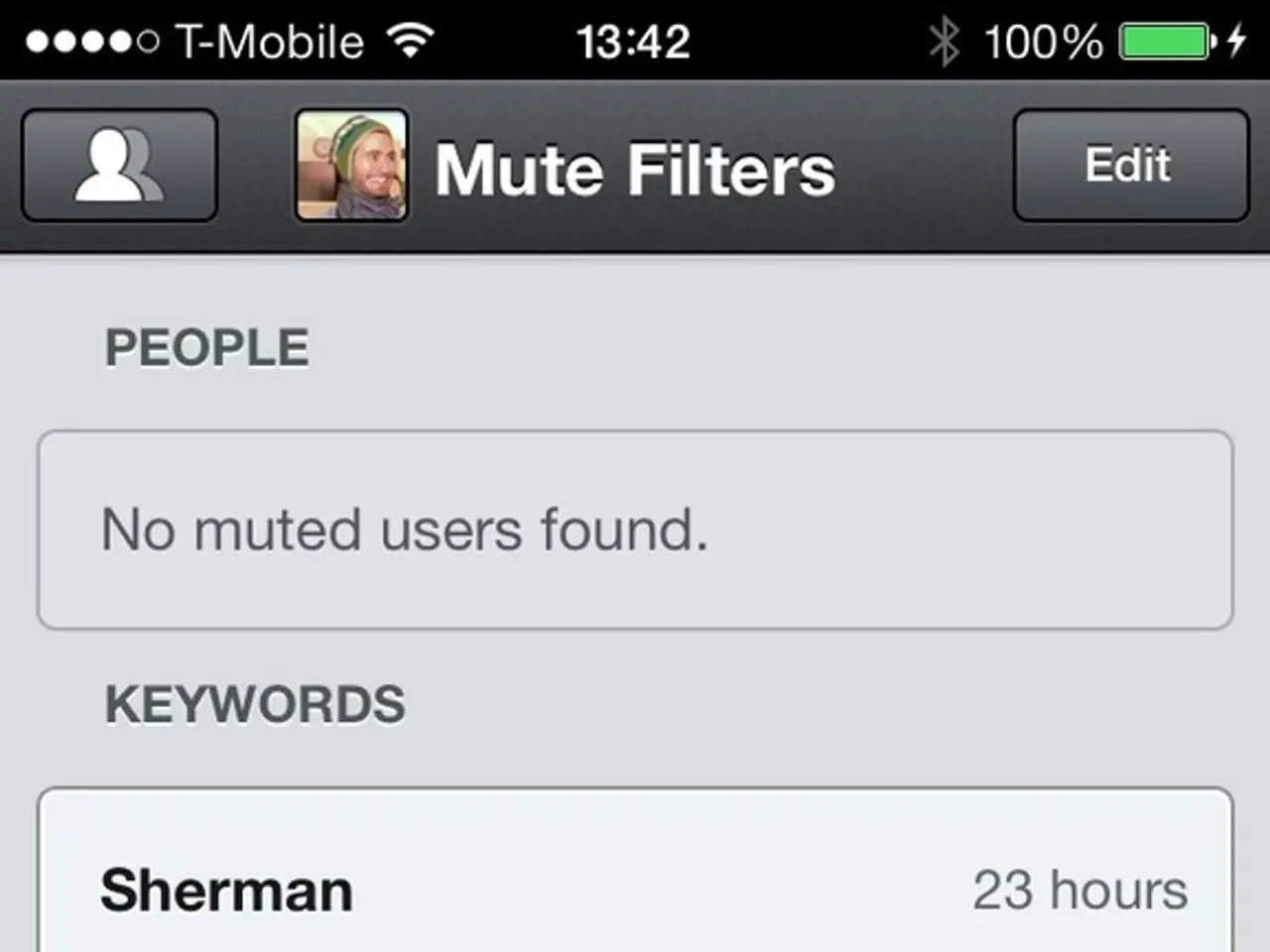Side-by-side week-long comparison of Switch 2 and Switch OLED reveals unexpected differences
In the world of gaming consoles, two powerhouses have recently taken centre stage: the Nintendo Switch 2 and the Nintendo Switch OLED. While both devices share a common lineage, they offer distinct features that cater to different gaming preferences.
The Nintendo Switch 2, with its new Virtual Game Cards feature, allows users to lend games to friends for up to two weeks. Additionally, the console boasts a more powerful Nvidia T239 chip, enabling it to run taxing games like Cyberpunk 2077, a feat unattainable for the Nintendo Switch OLED. However, the Nintendo Switch 2 does not excel in every aspect compared to its predecessor.
One of the areas where the Nintendo Switch OLED outshines the Switch 2 is in display quality. The Switch OLED features an OLED screen, offering superior image quality with deeper blacks, more vibrant colours, and better contrast. This results in a more immersive gaming experience.
Another advantage of the Nintendo Switch OLED is its portability and weight. The device is smaller and lighter, making it easier to carry around. It measures 9.5 x 4 x 0.55~1.12 inches (with Joy-Con attached) and weighs about 0.71 pounds (0.93 pounds with Joy-Con attached), while the Switch 2 is larger and heavier.
Battery life is another area where the Nintendo Switch OLED excels. It generally offers longer battery life, typically lasting between 4.5 to 9 hours, compared to the Switch 2's 2 to 6.5 hours. This is partly because the OLED uses less powerful hardware that consumes less energy.
Cost and compatibility are also factors to consider. Since the Switch OLED uses older, more efficient hardware, it might be more cost-effective for playing existing games without needing next-generation performance.
The Joy-Con controllers of the Nintendo Switch 2 have the same layout as the Nintendo Switch OLED, but the buttons on the Switch 2 are larger and offer a smoother, satisfying click. However, the ergonomics of the Joy-Con controllers have not been improved in the Nintendo Switch 2.
The Nintendo Switch 2 also offers GameChat, a party chat capability that was not available on the previous Nintendo Switch. The device also supports 4K/60Hz when connected to a TV, putting it in a more competitive ring with its rival consoles that have offered these specs for years.
One disadvantage of the Nintendo Switch 2 is its price tag. At $450, it is more expensive than the Nintendo Switch OLED, which retails for $350. It's worth noting that the Nintendo Switch 2 is the fastest-selling console of all time, indicating a strong demand for the device.
Despite some incompatibilities with certain games, most Nintendo Switch games are compatible with the Nintendo Switch 2. Efforts are being made to resolve these issues with future updates. The majority of the operating system and UI are the same on both devices.
In conclusion, both the Nintendo Switch 2 and the Nintendo Switch OLED offer unique features that cater to different gaming preferences. The Nintendo Switch 2 excels in performance and frame rates, while the Nintendo Switch OLED excels in display quality, portability, and battery life. The choice between the two ultimately depends on the priorities of the individual gamer.
[1] https://www.nintendo.com/switch/oled-model/ [2] https://www.digitaltrends.com/gaming/nintendo-switch-oled-vs-nintendo-switch-lite/ [3] https://www.gamespot.com/articles/nintendo-switch-oled-vs-nintendo-switch-which-one-s-b/1100-6506591/ [4] https://www.polygon.com/platform/amp/nintendo-switch/22654125/nintendo-switch-oled-vs-nintendo-switch-lite-which-one-should-you-buy
- The Nintendo Switch 2 is equipped with a more powerful Nvidia T239 chip, allowing it to run demanding games like Cyberpunk 2077.
- The Nintendo Switch OLED features an OLED screen, delivering superior image quality for a more immersive gaming experience.
- The Nintendo Switch OLED is smaller and lighter, offering better portability compared to the Switch 2.
- The battery life of the Nintendo Switch OLED generally lasts longer, especially when compared to the Switch 2's battery life.
- The Joy-Con controllers on the Nintendo Switch 2 have larger buttons that offer a smoother, satisfying click.
- The Nintendo Switch 2 includes GameChat, a party chat capability, and supports 4K/60Hz when connected to a TV.
- Despite being more expensive, the Nintendo Switch 2 is the fastest-selling console of all time, indicating strong demand for the device. Most Nintendo Switch games are compatible with the Nintendo Switch 2, with efforts being made to resolve any incompatibilities.




